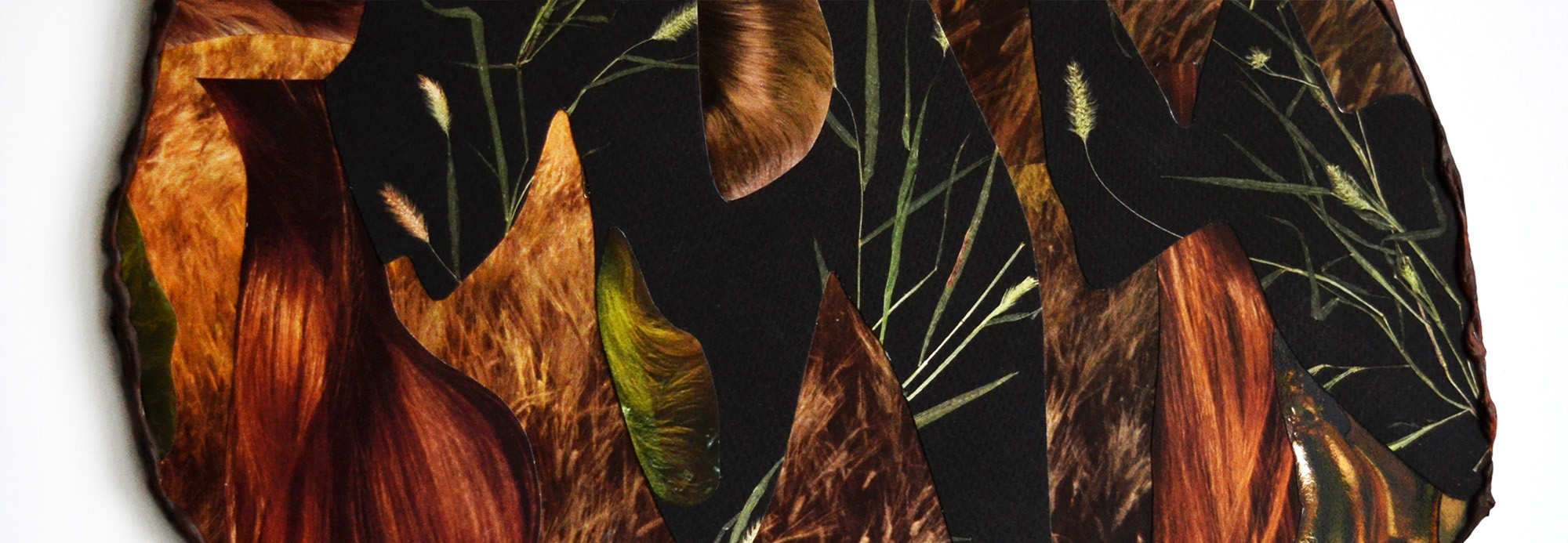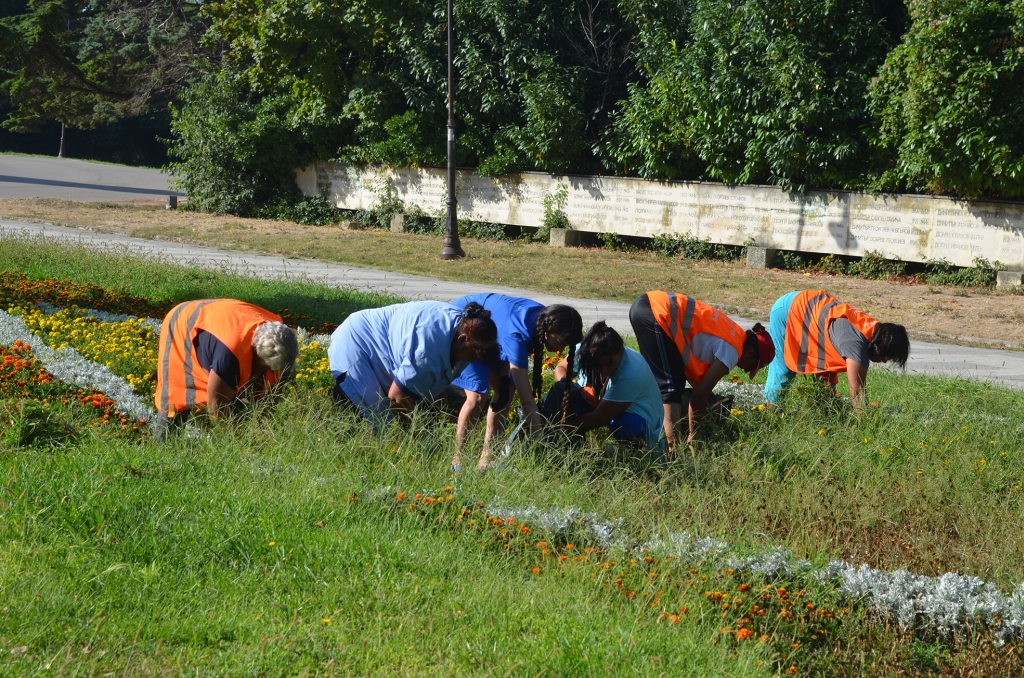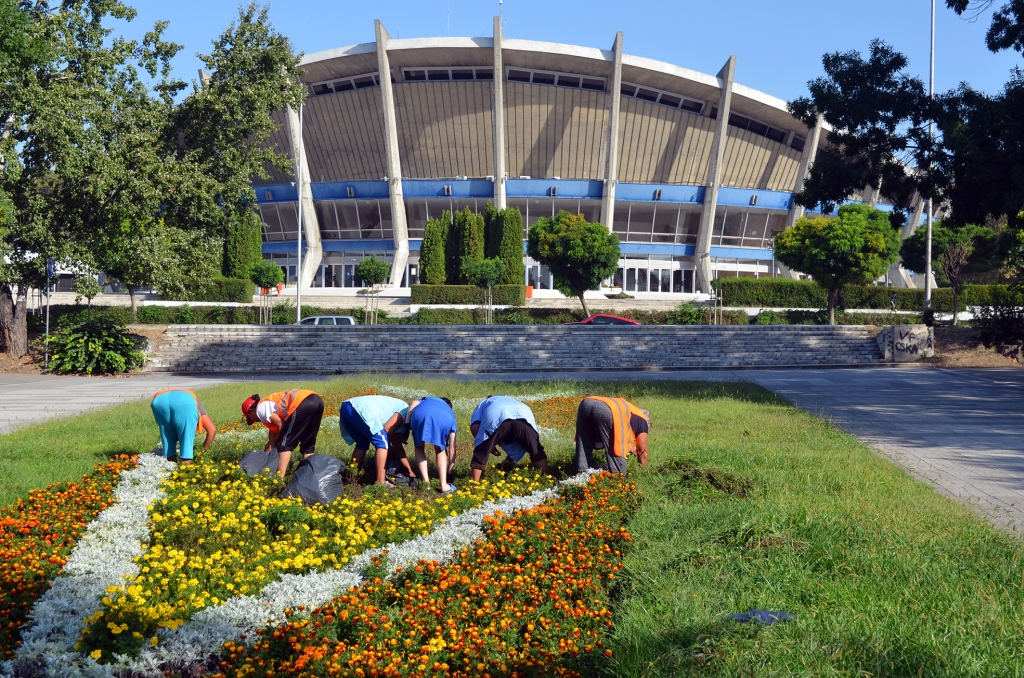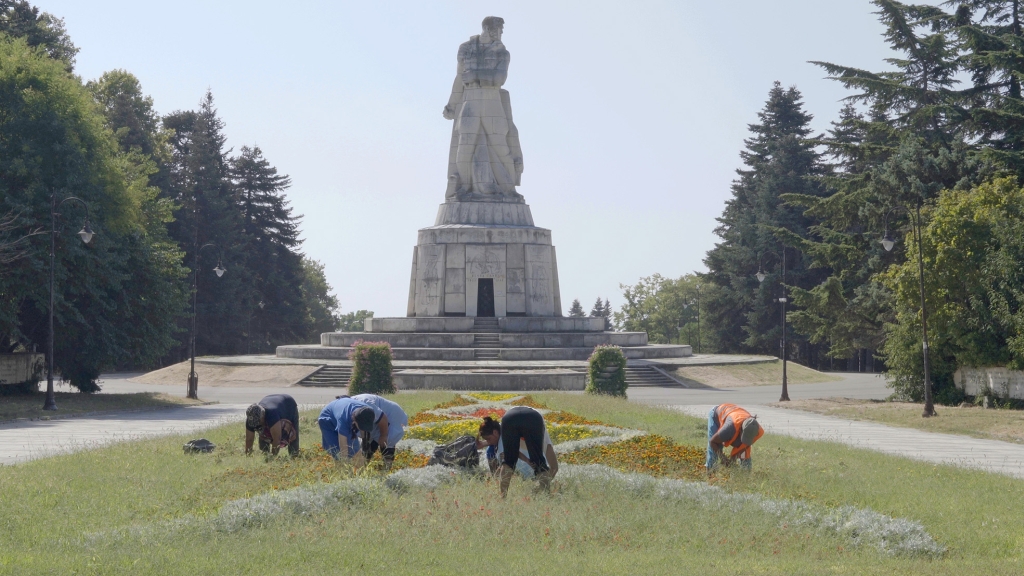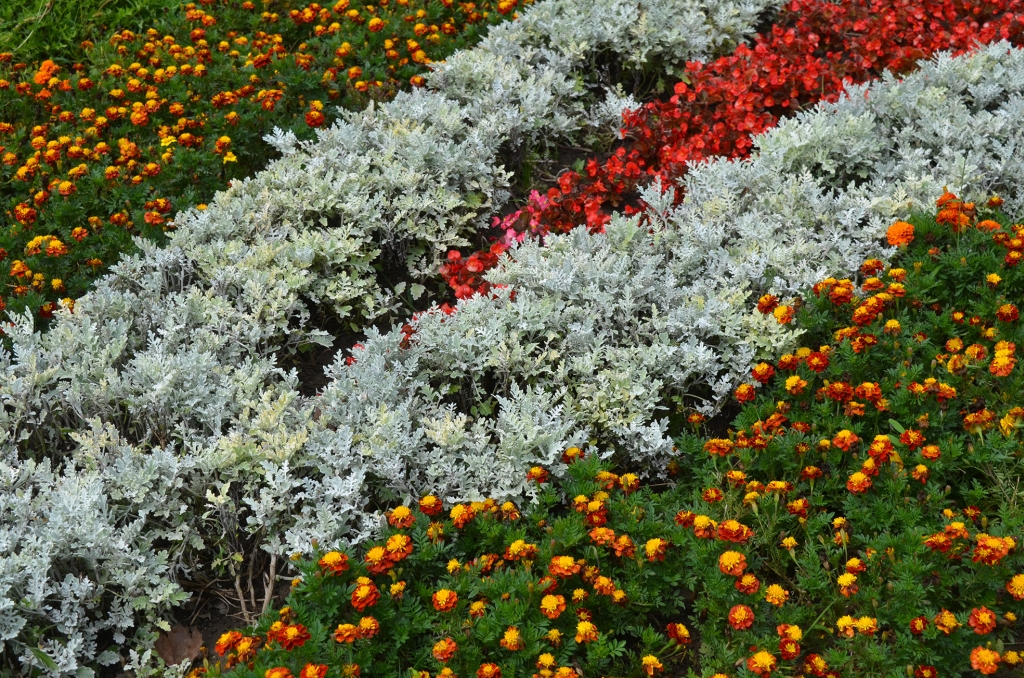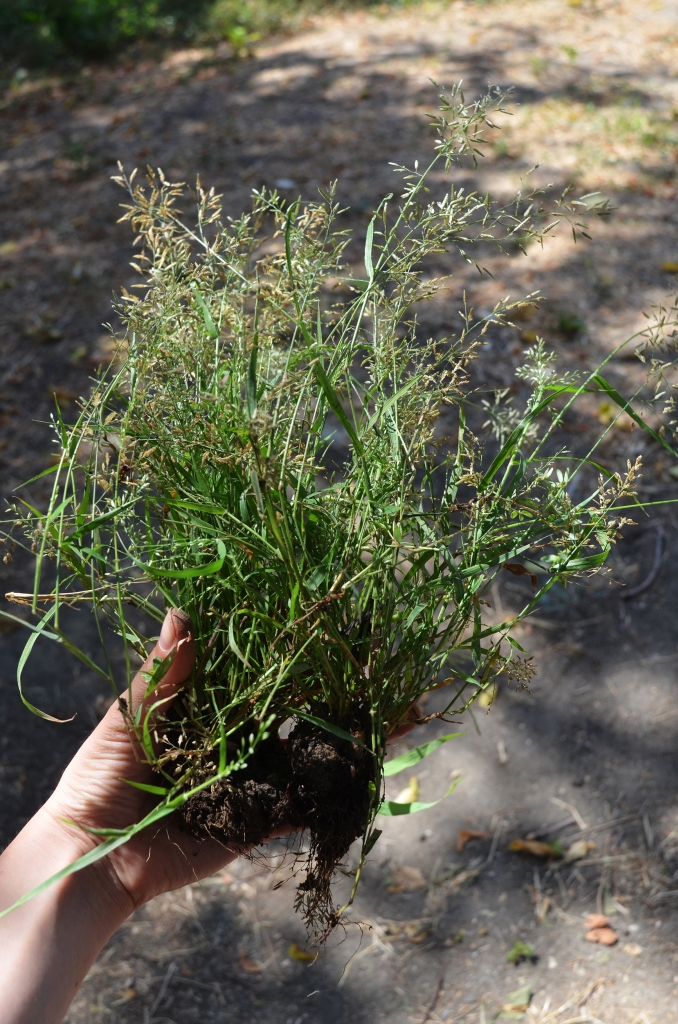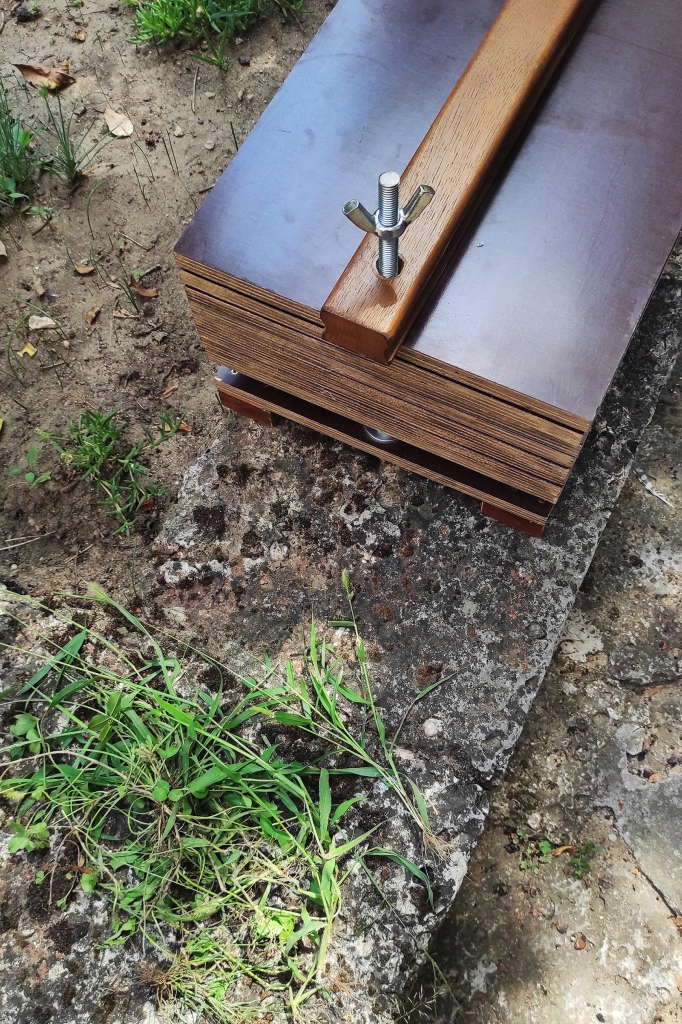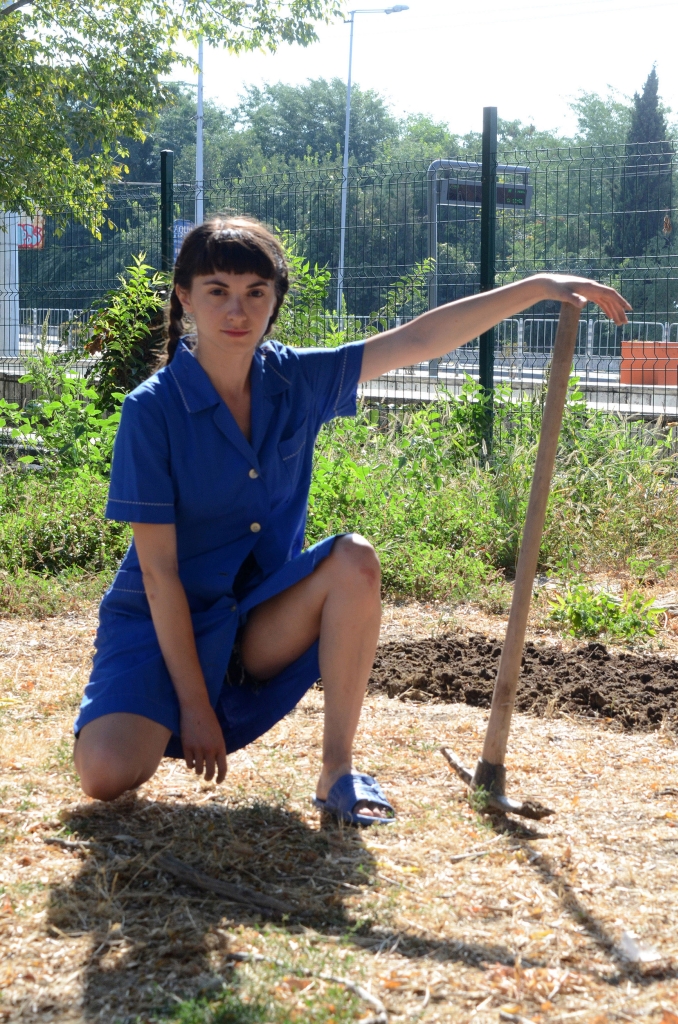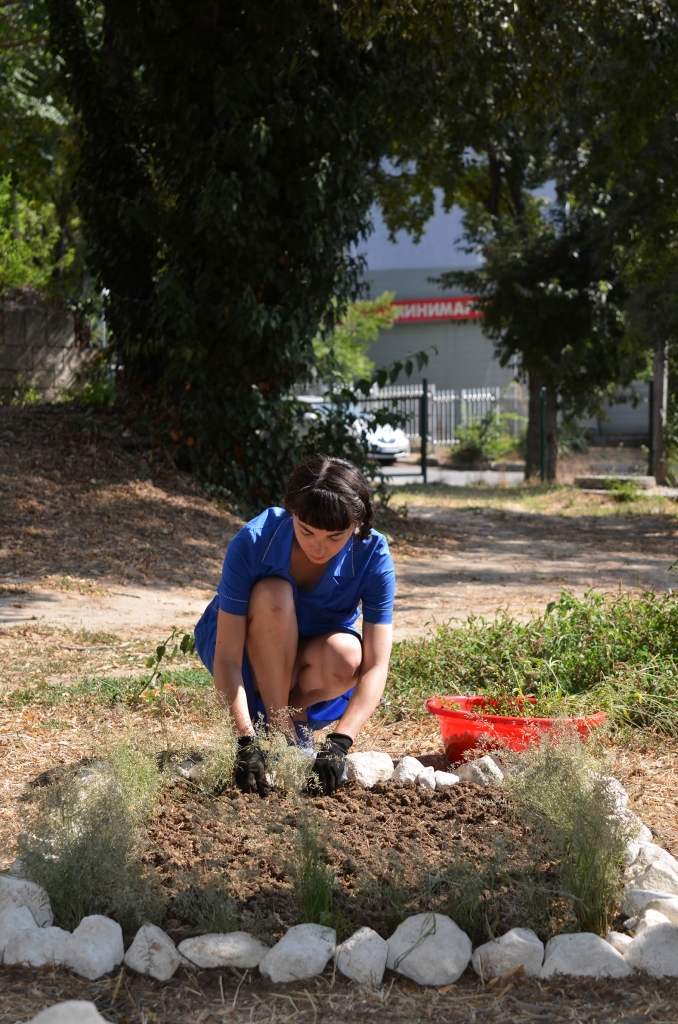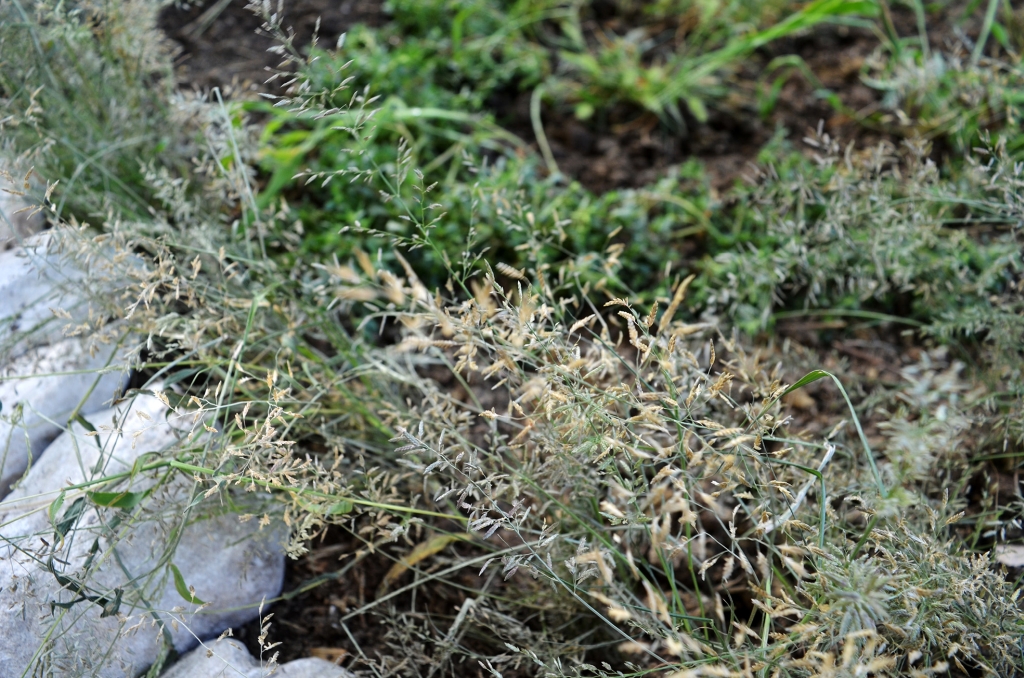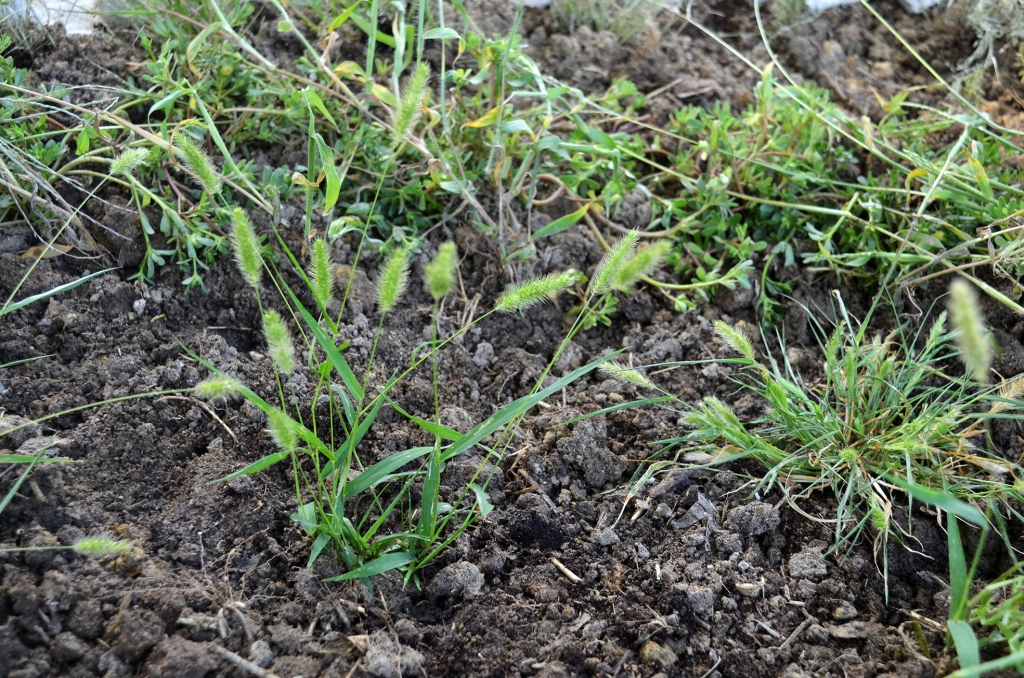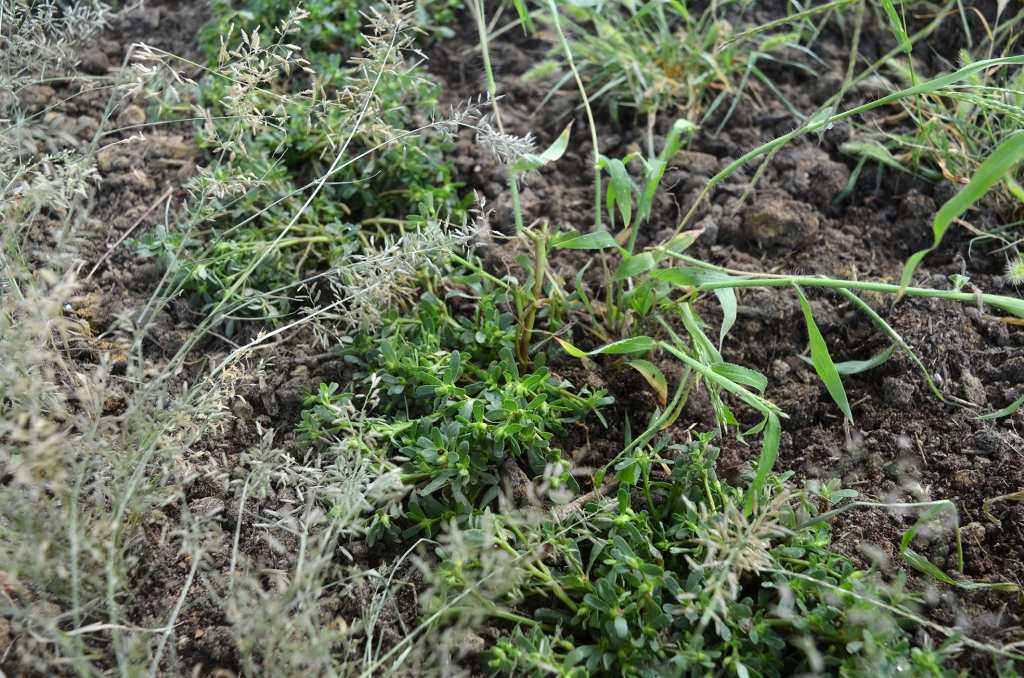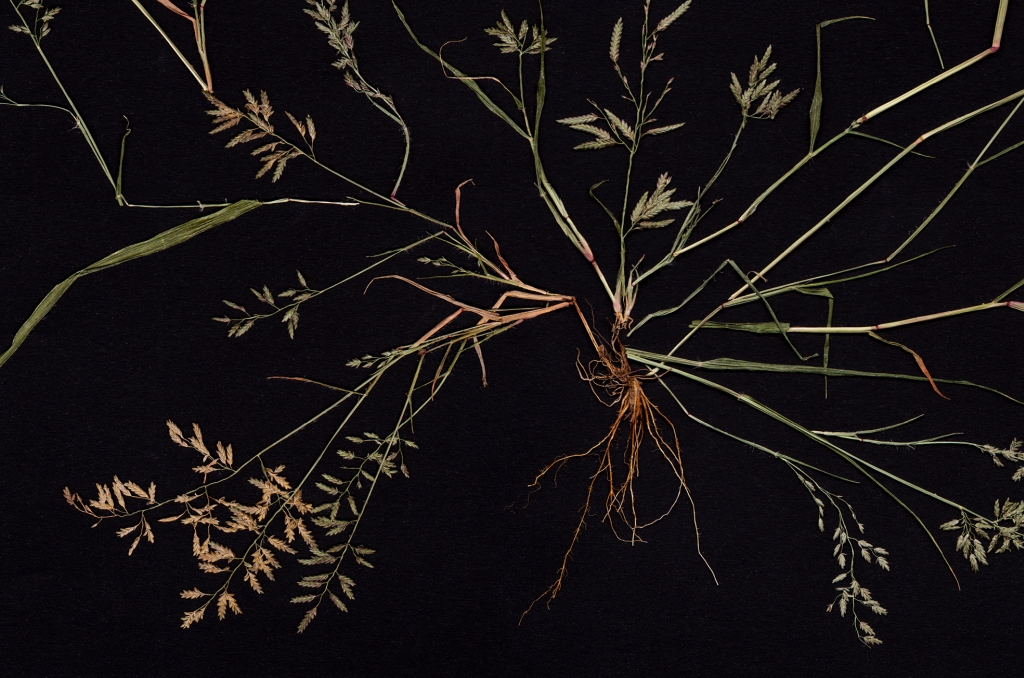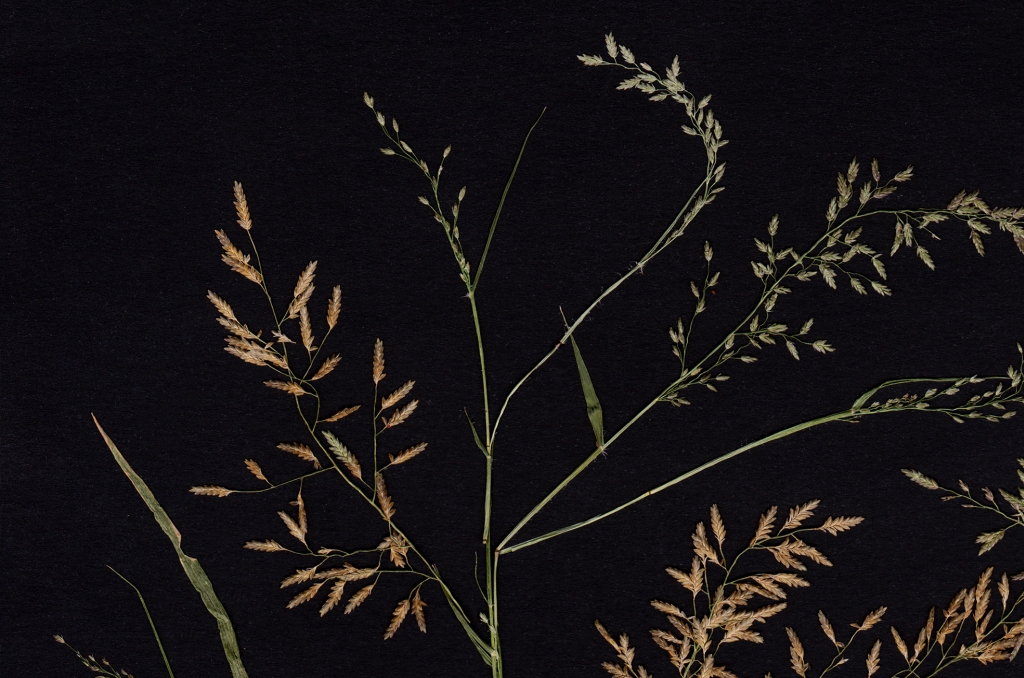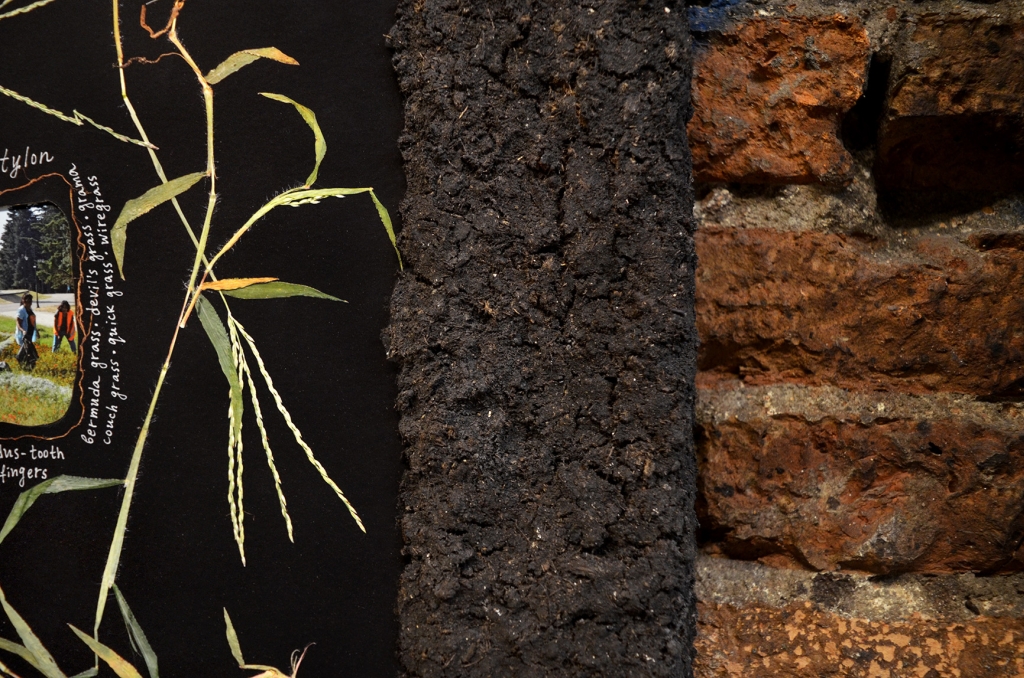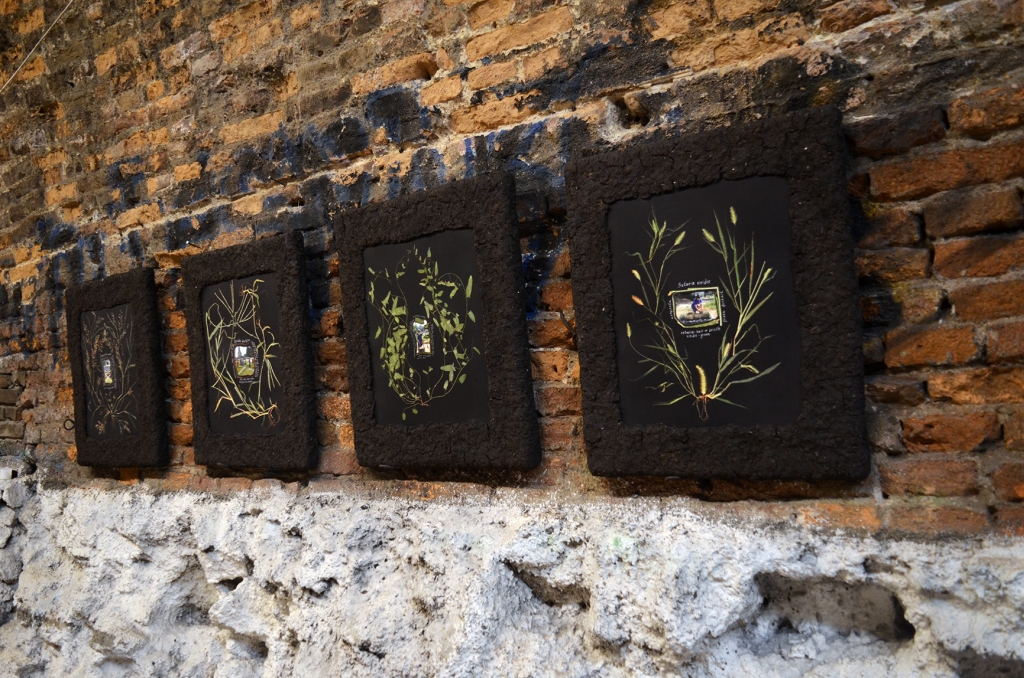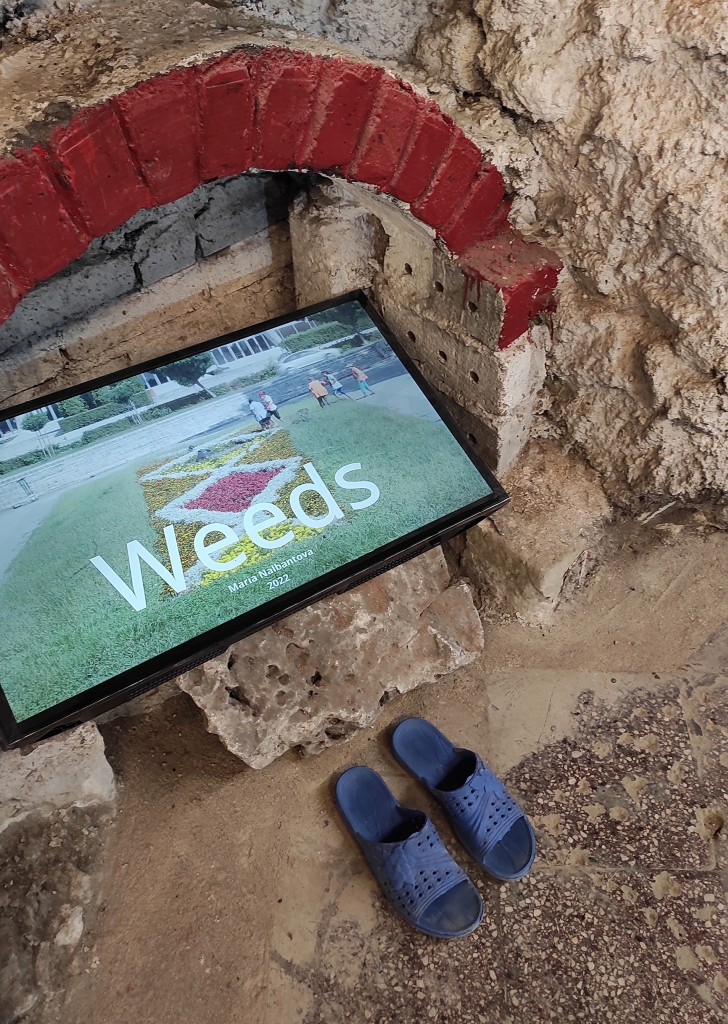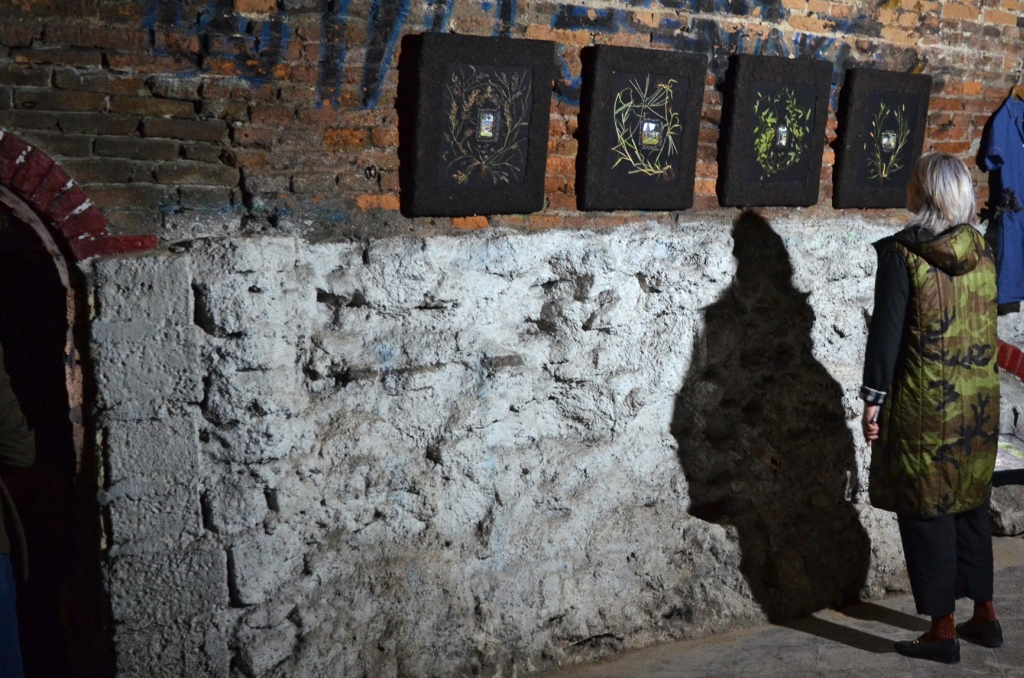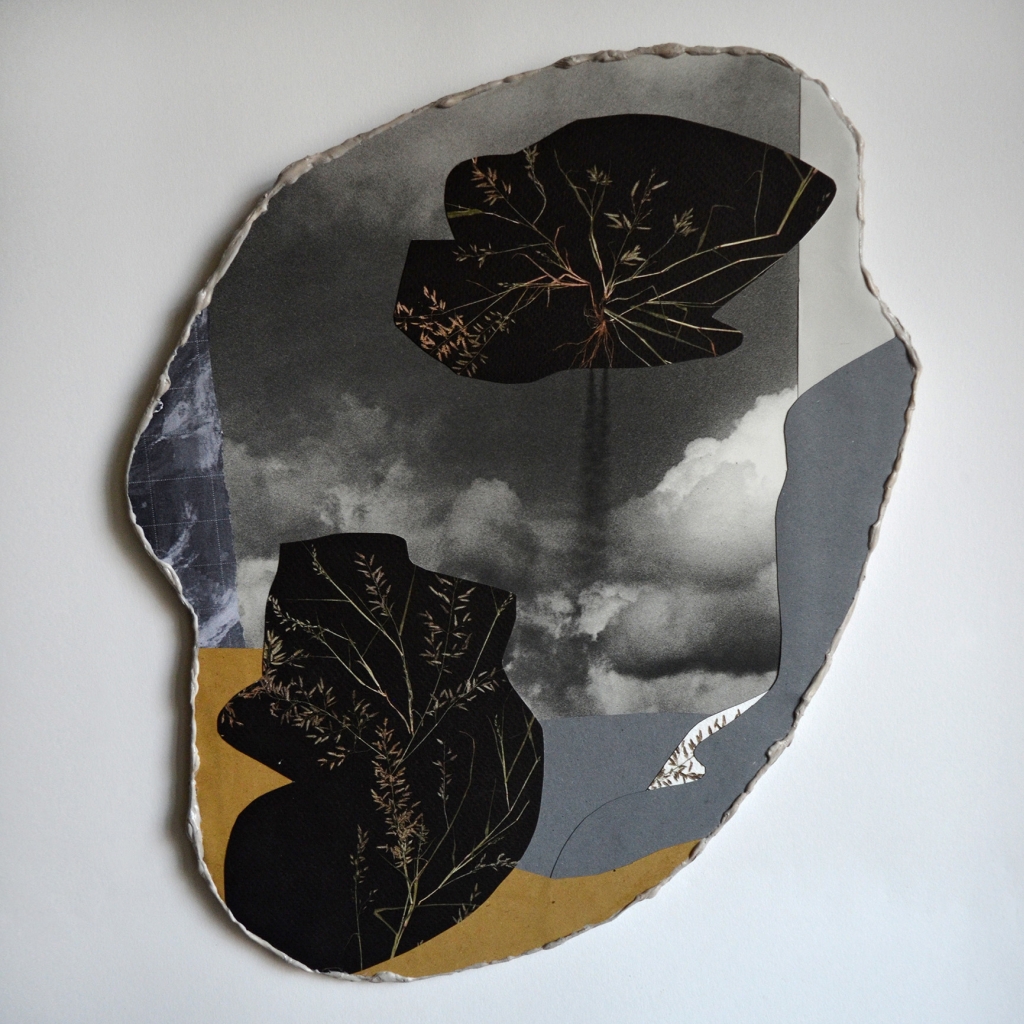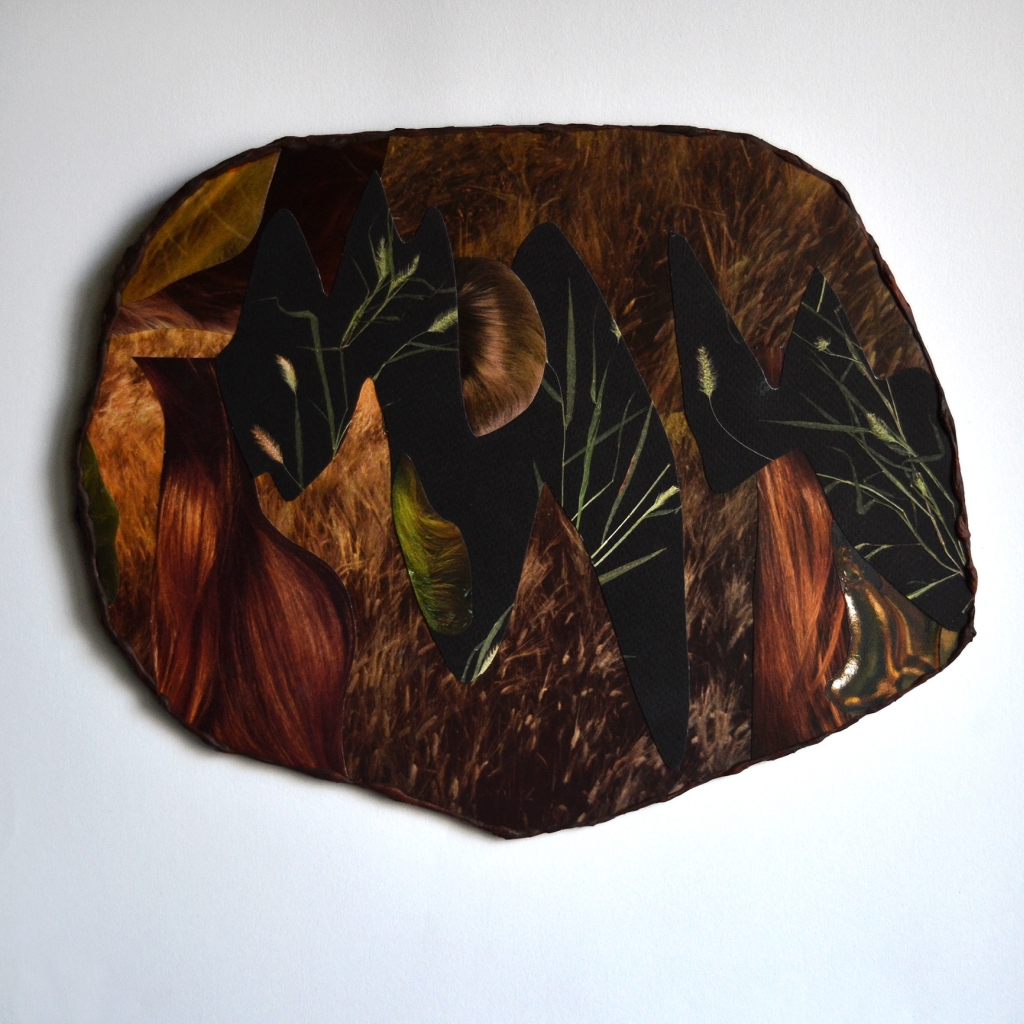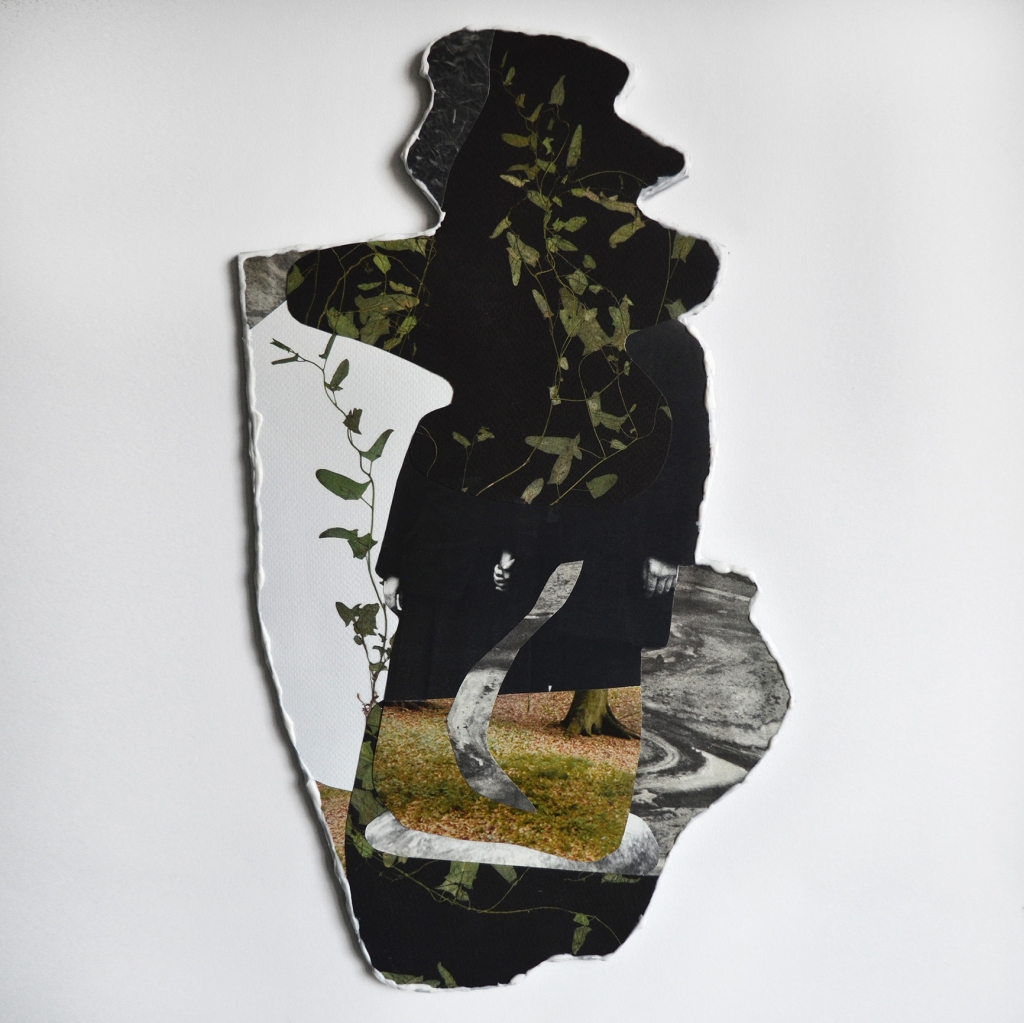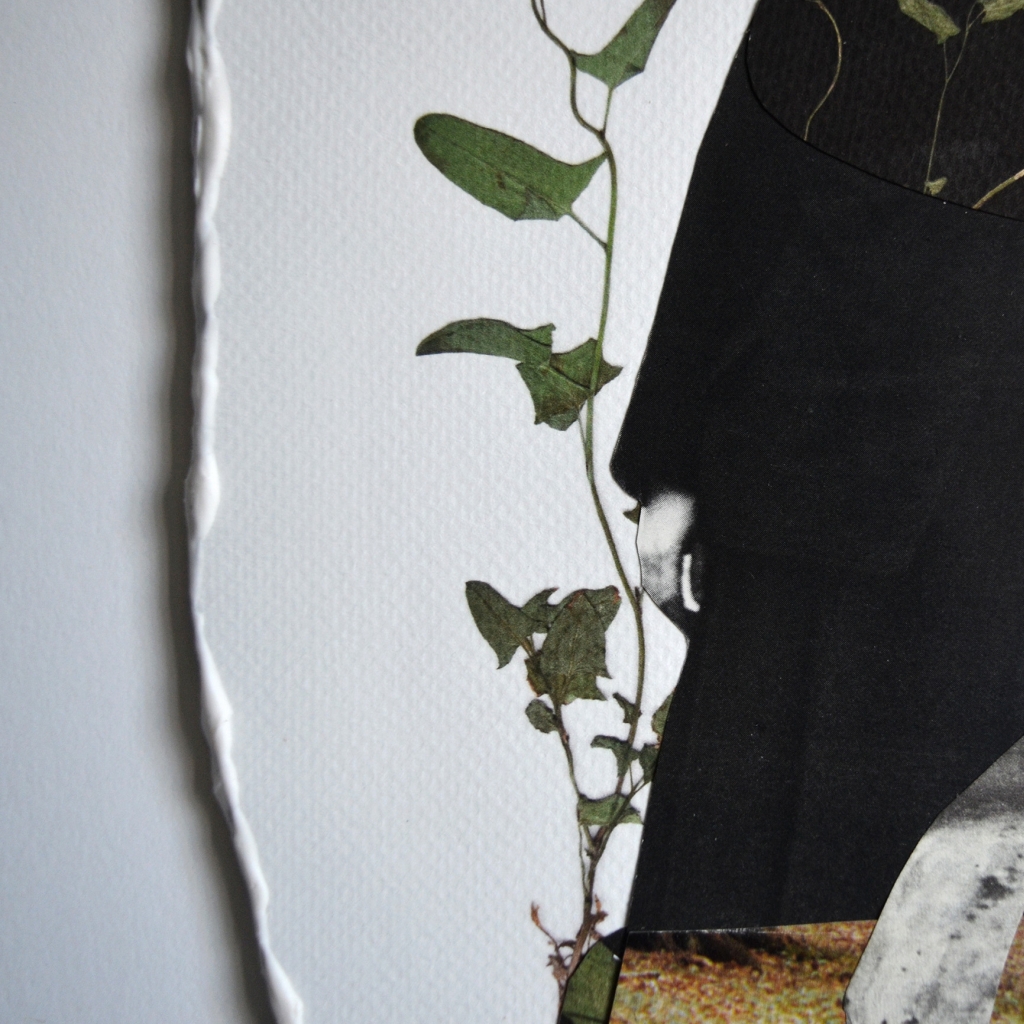Weeds, 2022
An installation of four digital prints & mixed media with dimensions: 51x58 cm.,
and video: 3:23 min., HD, stereo
The “Weeds” project explores the diversity of public gardens as a space of control, order, and chaos. The current installation is a stage of a study related to public gardens and focuses specifically on the Sea Garden in the city of Varna. The "Weeds" project puts forward questions related to human nature - with the ways in which we name and recognize things, and how we gain experience from other (eco)systems.
Seaside Garden is one of the symbols of the city of Varna. Today, approximately 2.5 acres of flowery areas of the garden bloom twice a year with summer and autumn-winter flowers.
The "Weeds" project was launched in August 2022 in the flower figure of Tagetes-Begonia-Senecio, which is located in the historical core of the Seaside Garden, between the Palace of Culture and Sports and the Pantheon in the city of Varna, built as a memorial to the fallen anti-fascists. Being near the Alley of Cosmonauts, the first tree in this alley was planted by Yuri Gagarin (1961). I spent a working day together with the women weeders, responsible for the flora in the garden. Some of the weeds I collected were used to create another garden in the ReBonkers* space where they were planted and lived out their new weedy lives. Another part of the weeds was herbalized and researched, and I used the information gathered to create works of art. The work focused on four types of "weeds" - Little Lovegrass, Dog's Tooth Grass, Field bindweed, Green foxtail, whose latin names** and etymology were studied with the help of Prof. Benjamin Goldberg***.
Weeds are diverse types of grasses that are most often described as unnecessary for humans and harmful to crop plants. In some dictionaries, the description is that they are "something harmful to be removed", "a plant in the wrong place" or one that grows where it is not wanted. However, it often turns out that they have useful properties and are actually herbs from which ointments and potions are made, and tinctures are extracted. Some "weeds" make a great salad or are used for soup, syrups, etc.
Once in crops and plantations, these species absorb moisture and nutrients from the soil, shade crop plants, grow and reproduce quickly, their seeds remain in the soil for a long time and are ready to sprout the next season. They take root or spread by creeping on the ground, enveloping and suffocating other species.
Weeds are also sometimes called species outside the plant kingdom that can survive in different environments and reproduce quickly, like humans. In "Planet of Weeds" by David Quammen we read:
“...animals as well as plants can be weedy. What that implies is a constellation of characteristics: They reproduce quickly, disperse widely when given a chance, tolerate a fairly broad range of habitat conditions, take hold in strange places, succeed especially in disturbed ecosystems, and resist eradication once they're established. They are scrappers, generalists, opportunists. They tend to thrive in human dominated terrain because in crucial ways they resemble Homo sapiens: aggressive, versatile, prolific, and ready to travel.“
*The weedy garden is located in the garden of ReBonkers - a space for independent culture in Varna, which inhabits a 200-year-old gunpowder warehouse.
For the logistics of the weeding, special thanks to Bilyana Raeva, Ralitsa Konstantinova, and Stoyan Argirov - director of the Municipal Enterprise "Project Management and Landscaping" - Municipality of Varna.
also thanks to the Museum of Natural History-Varna
** Little Lovegrass - Eragrostis minor
Dog's Tooth Grass - Cynodon dactylon
Field bindweed - Convolvulus arvensis
Green foxtail - Setaria viridis
***Prof. Benjamin Goldberg is a historian of science and medicine, teaching at the University of South Florida, USA.
The "Weeds" project is part of the Art and Science residency Varna vol.1, realized with the support of the National Culture Fund, Varna Municipality, and in partnership with the Regional Historical Museum - Varna.
Weeds (part 2), 2022
Part of the "riff-raff" show at the Institute of Contemporary Art – Sofia
Eragrostis minor (Little Lovegrass)
eros - love, agrostis - grass
Setaria viridis (Green foxtail)
setaria - hair or bristle, viridis - green
Convolvulus arvensis (Field bindweed)
convolu - rolling together, arvensis - field
